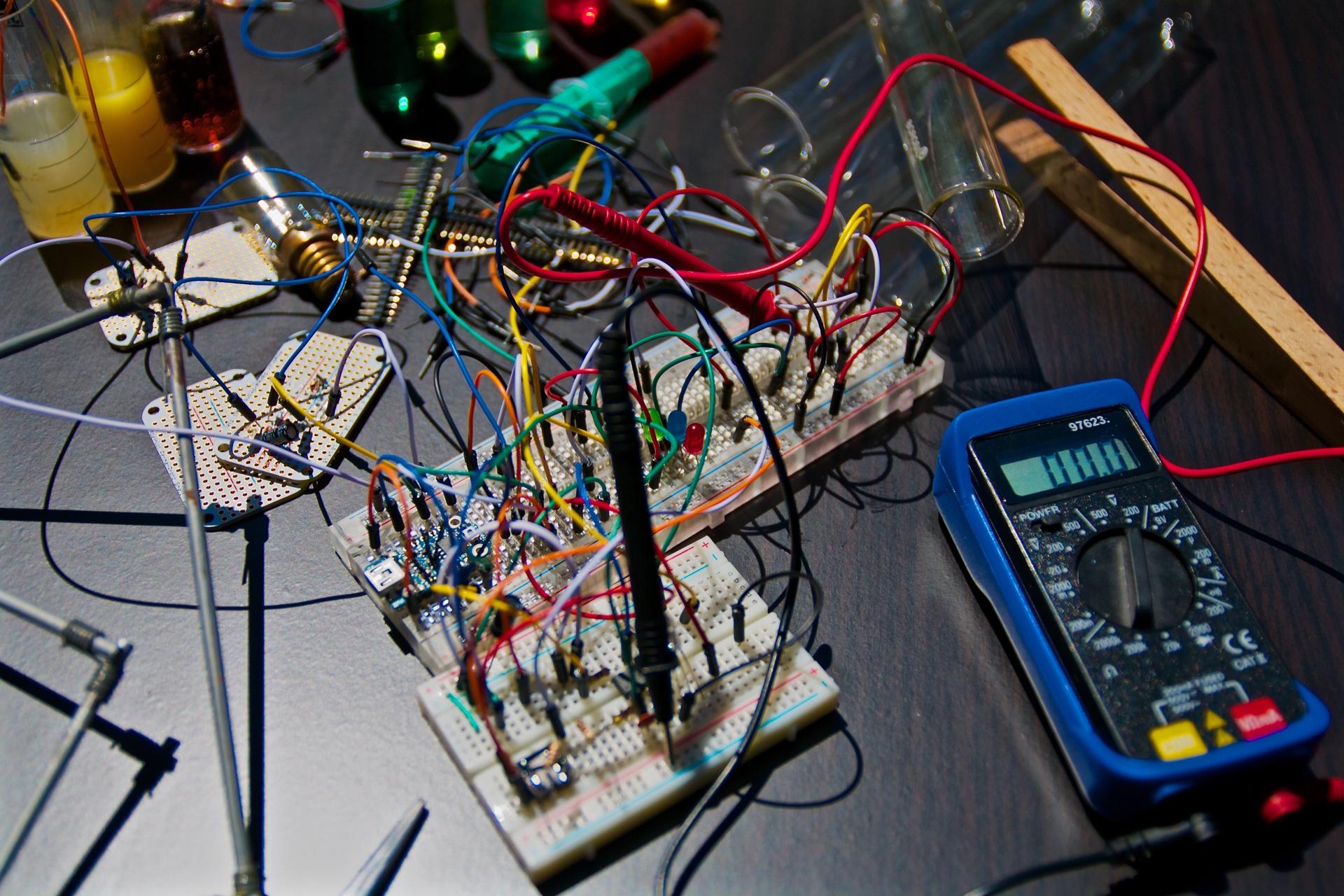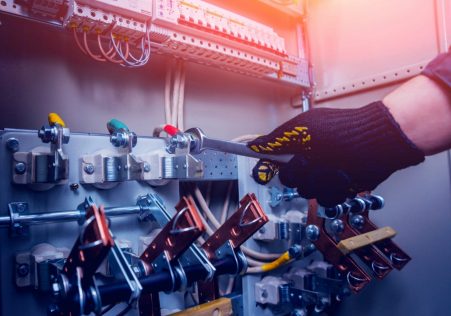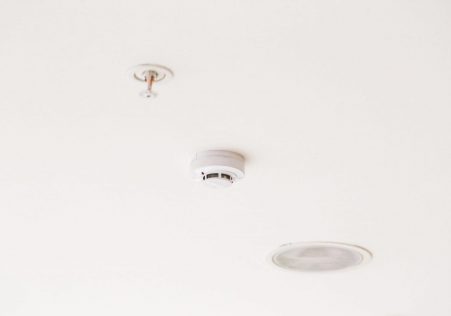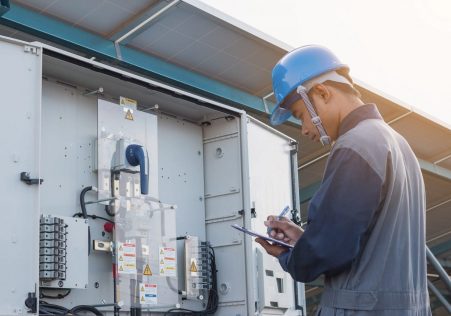The Complete Guide to Identifying Live Wires for Homeowners

Knowing how to identify live wires is a crucial aspect of working with electrical wiring. No matter if you’re a professional electrician or an individual homeowner looking to resolve an electrical problem It is crucial to learn how to spot live wires and to take the necessary precautions to avoid dangerous accidents. The following article we will discuss the importance of knowing how to identify live wires, as well as the steps you should take while working around electrical wires.
Working with electrical wiring can be extremely dangerous, and it’s essential to understand the risks associated with it. Electrocution is a serious risk, and it can cause serious injury or even death. It’s important to ensure that you have the proper knowledge and tools to operate electrical wiring in a safe manner.
Understanding the basics of electrical wiring
Before we dive into identifying live wires, we need to be aware of the definition of what they are. Live wires carry electrical current, and can be hazardous if they are not handled correctly. When it comes to electrical connections there are three kinds of wires: neutral, hot, and ground wires. Hot wires carry the electrical current, neutral wires carry the return current, and ground wires provide an uninvolved pathway for current that is flowing too fast to be absorbed.
Tools and Precautions for Identifying Live Wires
The identification of live wires requires the proper tools and precautions. A few of the important tools is a non-contact voltage tester, which is a device that can detect electrical current without making contact with wires. It is also crucial to shut off the power supply to the circuit you’re working on and to wear safety equipment, like the gloves you wear and protective glasses.
How to recognize live wires
Below are step-by step instructions for identifying live wires
- Turn off the power to the circuit that you’ll be working on.
- Utilize a non-contact voltage tester to identify the presence of live wires. The tester should be placed near the wire, and if it detects voltage, it will sound a beep or flash.
- Utilize a circuit breaker finder to determine the circuit breaker controlling the circuit. This will permit you to turn off the power to the circuit.
What To Do When You Discover an Active Wire
If you spot live wires is important to shut off the power to the circuit right away. If you’re not sure how to do this, it’s best to seek professional help. Turning off the power will keep any electrical current from passing through the wires and lower the risk of injury or electrocution.
Conclusion
The identification of live wires is a critical part of working with electrical wiring. It’s essential to take necessary precautions, such as using the right tools and turning off the powerto avoid accidents. If you’re not sure how to identify live wires, or have any questions about electrical wiring, don’t hesitate to contact an expert electrician for assistance, such as Local Electrician Blacktown at 1300 941 876. They’ll be able to assist you with any electrical issues and make sure that your house is safe and up to code.










